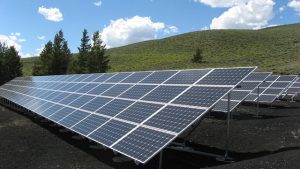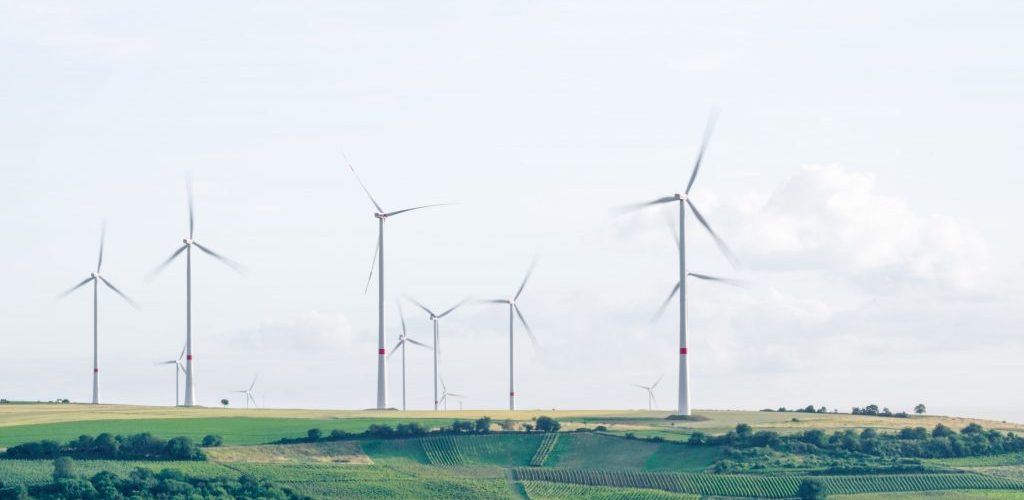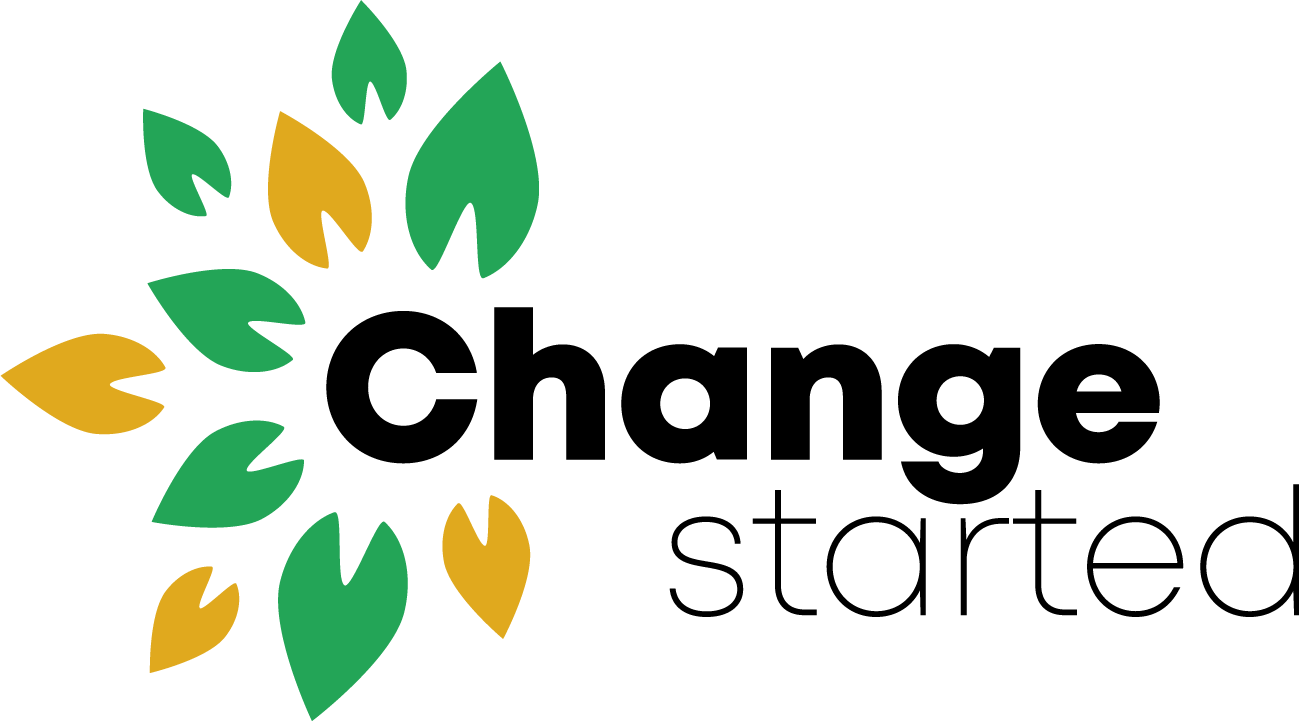India’s Ministry of Power has announced the launch of a task force to conceive the India Energy Stack (IES), a pioneering initiative aimed at creating a unified, secure, and interoperable digital infrastructure for India’s energy sector.
The dedicated Task Force comprises experts from the technology, power sector, and regulatory domains, which will steer the development, pilot implementation, and nationwide scale-up of the India Energy Stack.
Nandan Nilekani, ex-chairman of the Unique Identification Authority of India (UIDAI), is appointed as the chief mentor and Ram Sewak Sharma, first Director General of the UIDAI, is made the chairperson of the task force. There are 15 other members who will bring their expertise to the taskforce that will create the roadmap for the India Energy Stack and prepare the scope for developing the Utility Intelligence Platform.
As India charts its path to becoming a $5 trillion economy and advances towards its Net Zero commitments, the power sector faces both unprecedented opportunities and complex challenges.
Rapid growth in renewable energy, electric vehicles, and consumer participation in energy markets is transforming the sector, but fragmented systems and a lack of seamless digital integration remain key barriers.

To address these, the Ministry of Power is reimagining the sector’s digital foundation through the India Energy Stack, a Digital Public Infrastructure (DPI) that will provide a standardised, secure, and open platform to manage, monitor, and innovate across the electricity value chain.
A digital energy infrastructure will enable people with solar-powered homes and batteries to sell excess energy to the grid.
Having led successful implementation of UIDAI, Nandan Nilekani brings his experience of creating India’s first major DPI, Aadhaar, which gave unique ID to Indian citizens. Aadhaar transformed public service delivery in India, laying the foundation for initiatives like UPI, digital banking and e-KYC.
Nilekani’s visionary leadership and execution skills can once again bring India’s digital public infrastructure in the energy sector. The India Energy Stack will offer:
- Unique IDs for consumers, assets, and transactions
- Real-time, consent-based data sharing
- Open APIs for seamless system integration
- Tools for consumer empowerment, market access, and innovation
Speaking on this development, Mr Manohar Lal Khattar, Minister for Power, said: “There is an urgent need for developing robust Digital Public Infrastructure in the power sector to manage the country’s rising demand, ensure grid stability, and empower consumers. DPI, such as India Energy Stack (IES), will play a vital role in integrating renewable energy, enhancing DISCOM efficiency, and delivering transparent, reliable, and future-ready power services. What Aadhaar did for identity and UPI achieved for digital payments, the India Energy Stack will accomplish for the power sector — unlocking seamless, secure, and consumer-centric energy services for every citizen.”
Apart from conceiving the IES, the Ministry will undertake a 12-month Proof of Concept (PoC) to demonstrate IES through real-world use cases in partnership with selected utilities.
This includes piloting the Utility Intelligence Platform (UIP), a modular, analytics-driven application built on IES to support utilities, policymakers, and consumers with real-time insights and smarter energy management.
A white paper for public consultation and a national roadmap for India Energy Stack rollout is also expected. This initiative is being spearheaded by the Ministry of Power.






Add comment